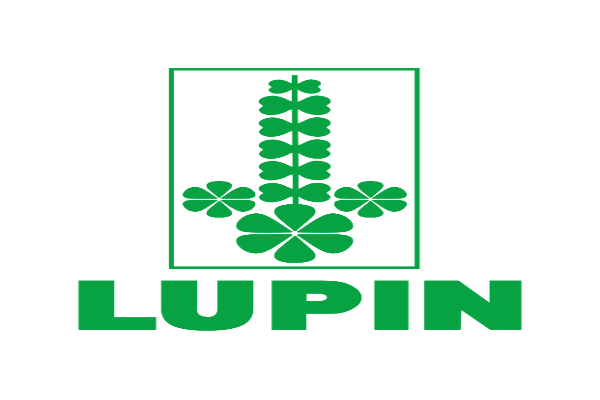Lupin's partnership program is designed to foster collaborations with companies looking to extend their product lifecycles

Global pharma major Lupin announced the launch of a strategic partnership program to expand the reach of its long-acting injectable (LAI) platform, PrecisionSphere, developed by its subsidiary Nanomi B.V.
PrecisionSphere has demonstrated efficacy and safety in drug delivery and is ready for commercial use, following the recent United States Food and Drug Administration’s (U.S. FDA) approval for the first product developed with this platform.
Lupin's partnership program is designed to foster collaborations with companies looking to extend their product lifecycles, whether in development or already on the market, especially those that could benefit from longer-acting formulations.
“With the validation of PrecisionSphere's capabilities and our proven track record of executing several key strategic partnerships each year, we are ready to expand patient access to advanced LAI treatments through new global strategic collaborations,” said Dr. Fabrice Egros, President – Corporate Development, Lupin. “Our extensive in-house and successful alliance management capabilities will serve as a strategic advantage, as partners strive to deliver innovative LAI solutions to patients at an accelerated pace.”
Dr. Shahin Fesharaki, Chief Scientific Officer, Lupin, said, “PrecisionSphere™ reflects our commitment to innovation and leverages our regulatory expertise, scalable manufacturing capabilities, and flexible collaboration models to lower entry barriers for developing LAIs. This allows partners to efficiently bring advanced LAIs to market across various therapeutic areas and potentially extend the patent life of their products.”
PrecisionSphere addresses key compliance issues that lead pharmaceutical companies to lose millions in revenue and experience failed treatment results. Unlike conventional LAI technologies that produce variable particle sizes, this platform allows pharmaceutical companies to manufacture medicines with consistent particle size, shape, and biological properties, leading to improved injectability. It also enables optimized drug levels—the release of consistent drug concentrations throughout the treatment, ranging from weeks to months.
For patients, reduced injection frequency enhances convenience and may lead to greater compliance and potentially better treatment outcomes. For healthcare professionals, this technology would make it possible to control the delivery of a drug at the optimal therapeutic dose during treatment.

Subscribe To Our Newsletter & Stay Updated